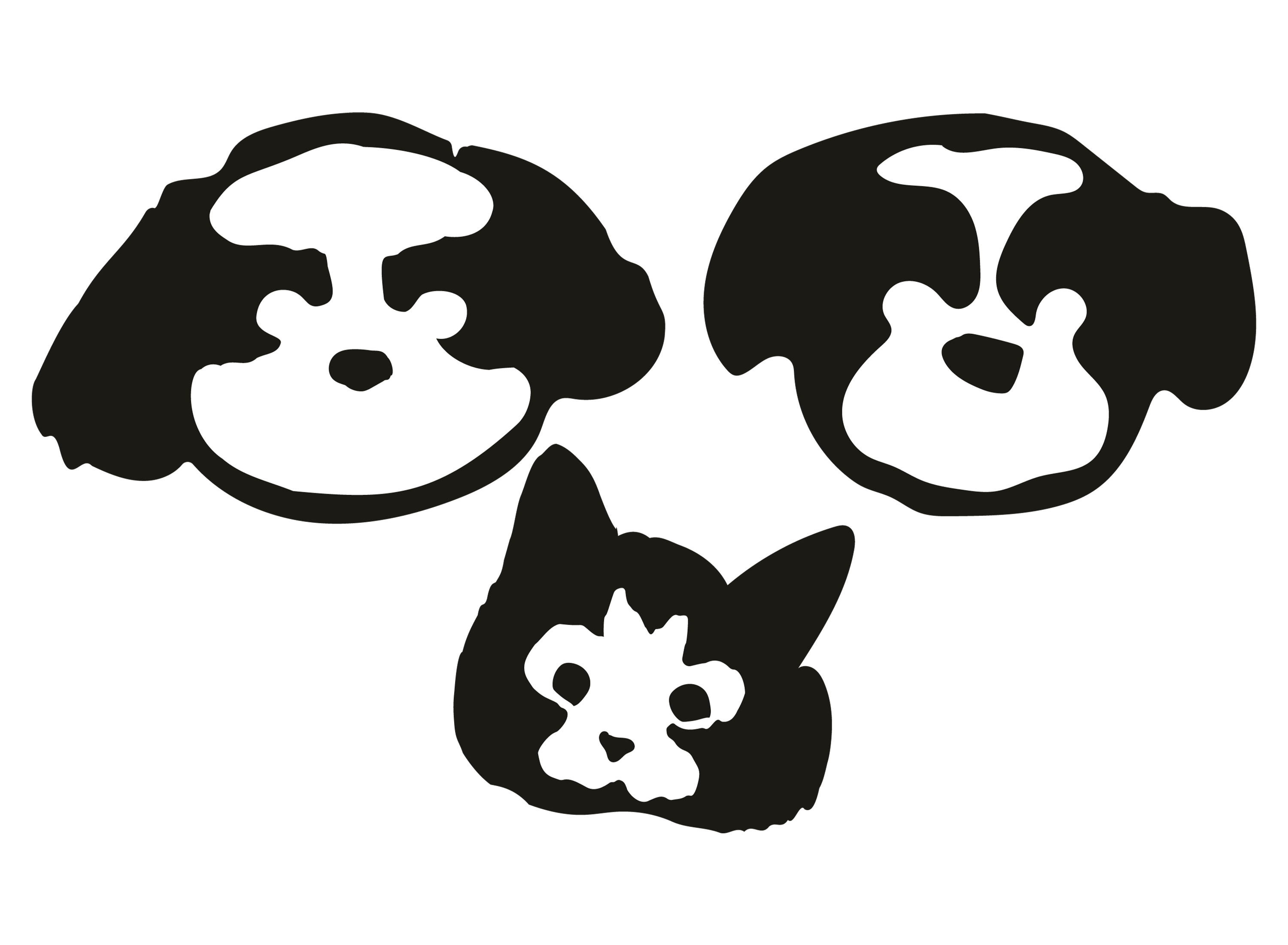Feeding Guide
MAYBO Feeding Guide
Freeze-dried pet treats are a nutritious and convenient option for both cats and dogs. They retain most of their natural nutrients due to the freeze-drying process, making them an excellent high-protein snack. However, it is important to feed them appropriately to maintain a balanced diet.
General Feeding Guidelines
1. Treats Should Complement a Balanced Diet
- Freeze-dried treats should not replace complete and balanced pet food.
- They should make up no more than 10% of a pet’s daily caloric intake (AAFCO, 2020).
2. Portion Control Based on Weight and Size
- Small breeds & cats (<5kg): 1-3small treats per day
- Medium breeds (5-15kg): 3-5 small treats per day
- Large breeds (>15kg): 5-10 small treats per day
- Adjust based on individual pet activity levels and dietary needs.
3. Rehydration (Optional but Recommended)
- Freeze-dried treats can be given as-is or rehydrated with warm water for pets with sensitive teeth or hydration concerns (NRC, 2006).
- Rehydrating improves digestibility, especially for older pets or those with kidney issues.
4. Monitor for Allergies or Sensitivities
- Introduce new treats gradually over 3-5 days.
- Look for signs of food intolerance, such as vomiting, diarrhea, or excessive itching.
5. Storage and Handling
- Store in a cool, dry place with the bag sealed to prevent moisture absorption.
- Use within the recommended period after opening to maintain freshness and safety.
Specific Feeding Recommendations for Different Treat Types
Treat Type
- Recommended Serving
Notes:
- Freeze-Dried Meat (Chicken, Duck, Beef)
- 2-5 pieces per day
- High in protein, monitor for allergies.
- Freeze-Dried Fish (Salmon, Whitebait)
- 1-3 pieces per day
- Rich in Omega-3, supports skin and coat health.
- Freeze-Dried Organs (Liver, Heart)
- 1-2 small pieces per day
- Nutrient-dense, should be fed in moderation.
- Freeze-Dried Bones (Soft Bones)
- 1-2 pieces per week
- Provides calcium, ensure appropriate size for safety.
Important Considerations
- Puppies and Kittens: Limit intake and consult a vet for appropriate feeding amounts.
- Senior Pets: Opt for softer treats or rehydrated versions for easier digestion.
- Pets with Medical Conditions: Consult a veterinarian before introducing new treats.
References - AAFCO (2020). Association of American Feed Control Officials. Nutritional Guidelines for Dogs and Cats.
- NRC (2006). National Research Council. Nutrient Requirements of Dogs and Cats.
- FEDIAF (2021). European Pet Food Industry Federation. Nutritional Guidelines for Complete and Complementary Pet Food.
Example subheading
Image with text
Pair text with an image to focus on your chosen product, collection, or blog post. Add details on availability, style, or even provide a review.
Example subheading
Image with text
Pair text with an image to focus on your chosen product, collection, or blog post. Add details on availability, style, or even provide a review.
- Choosing a selection results in a full page refresh.
- Opens in a new window.

